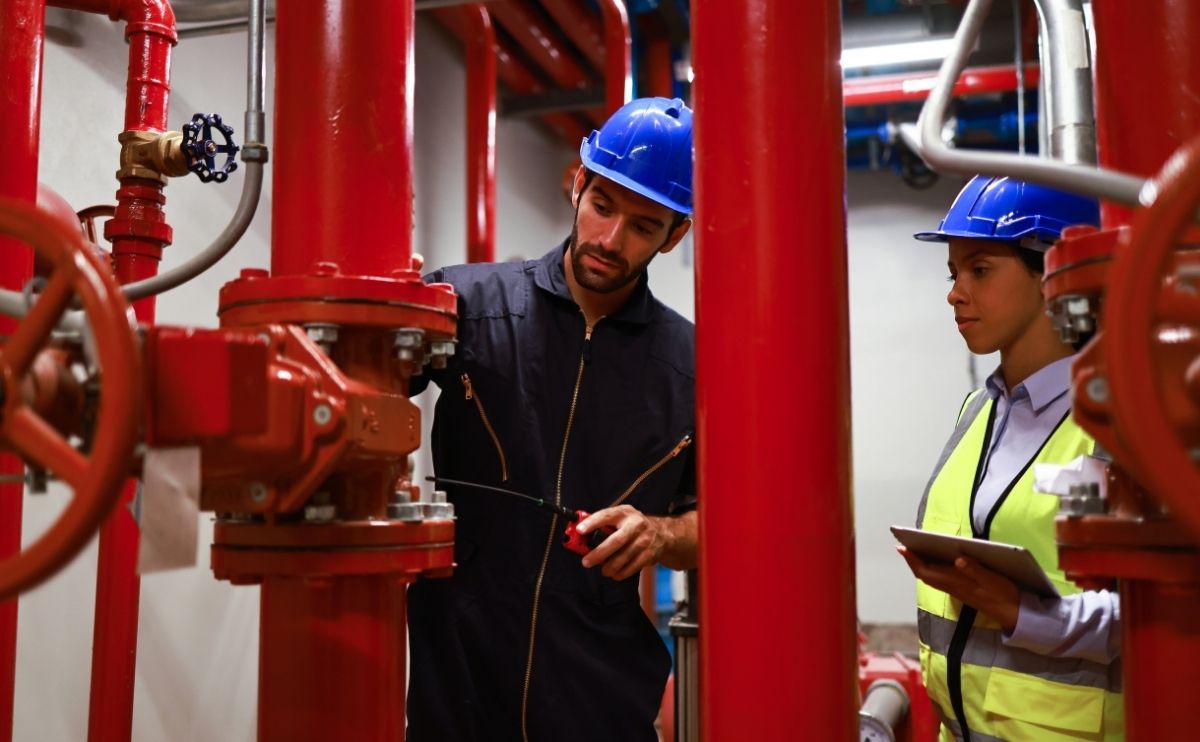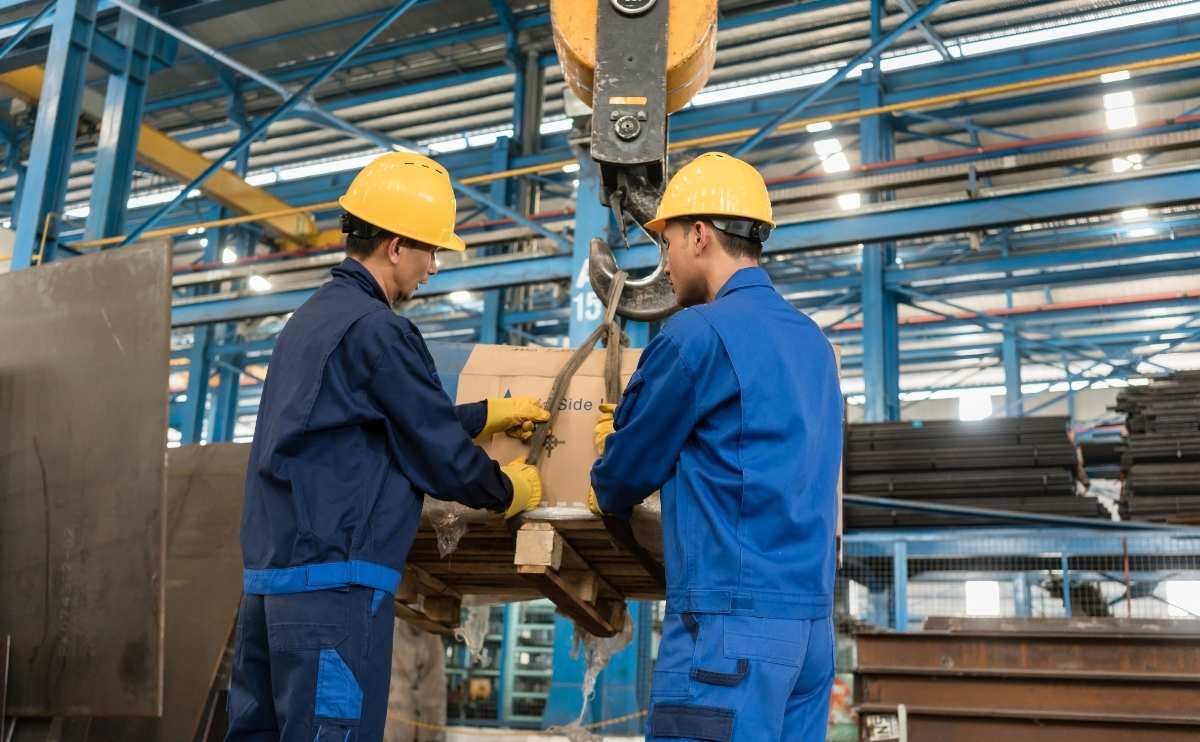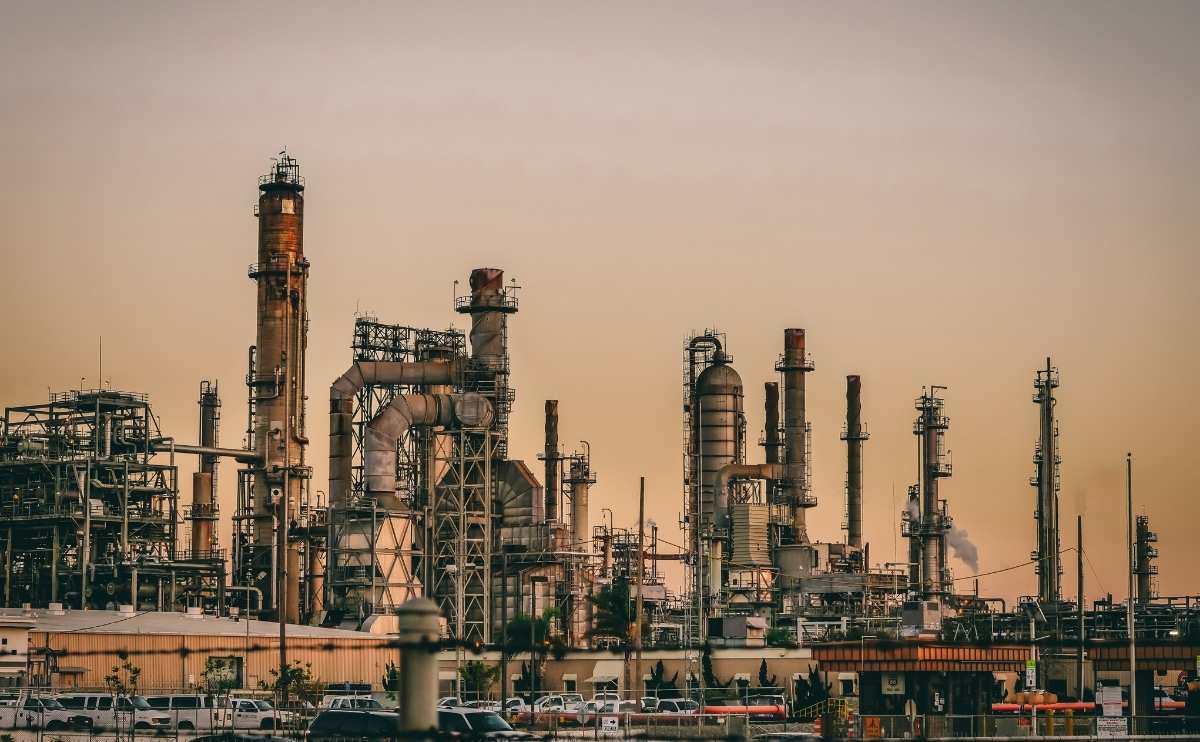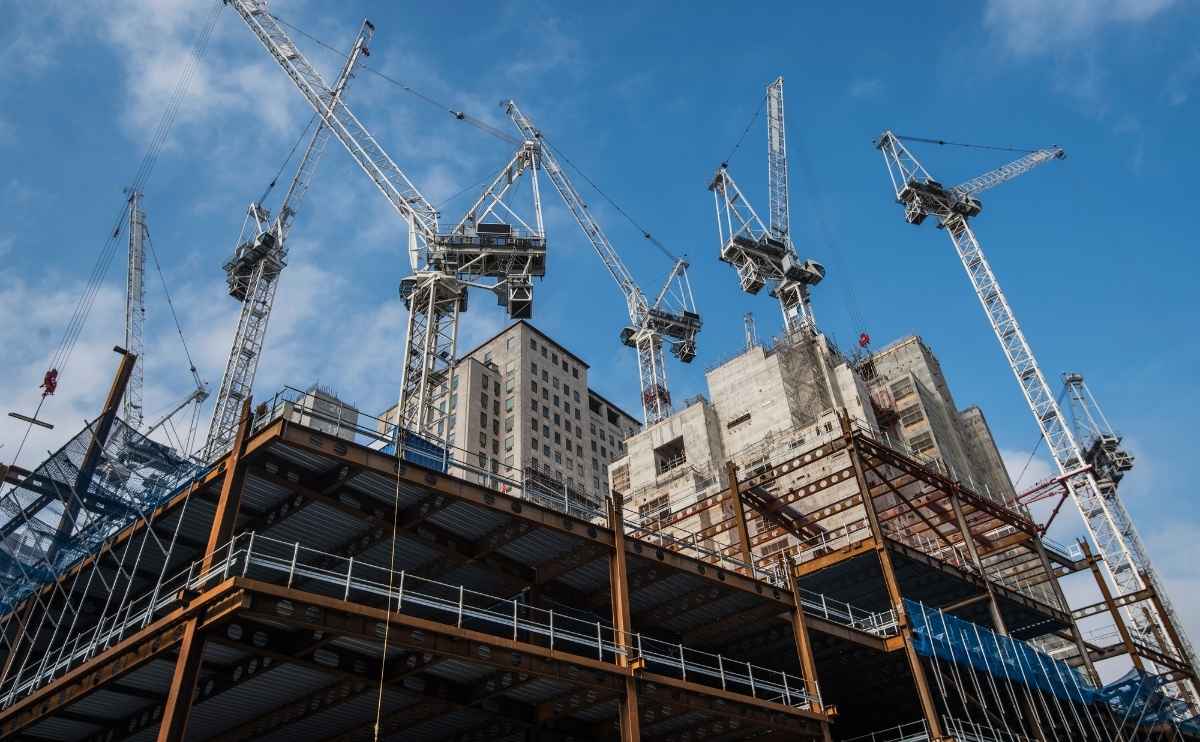The Essential Guide to Maintaining Industrial Pumps
Industrial pumps are essential to a wide range of industries, including water treatment, chemical processing, pharmaceuticals, cooling systems, and more. Proper maintaining industrial pumps ensures their longevity, optimizes their performance, and minimizes unexpected downtime. This guide will provide a comprehensive overview of best practices, maintenance schedules, and tips to help you keep your industrial pumps running smoothly.
Why Regular Maintenance of Industrial Pumps is Crucial
Industrial pumps operate under demanding conditions, often running continuously to support critical processes. Over time, wear and tear can degrade their efficiency, leading to reduced performance and even costly breakdowns. Proper maintaining industrial pumps not only extends the life of your equipment but also contributes to energy efficiency, reducing operational costs.
Regular maintenance of industrial pumps also ensures:
- Optimal Performance: Pumps operate at peak efficiency, reducing energy consumption and improving output.
- Cost Savings: Prevents costly repairs and unplanned downtime.
- Safety Compliance: Reduces the risk of accidents caused by pump malfunctions.
- Environmental Impact: Properly maintained pumps use less energy and reduce carbon footprint.
For more detailed information on how pumps work in different industries, you can refer to this Industrial Pumps.
Key Maintenance Tips for Industrial Pumps
- Check for Leaks and Pressure Issues Regularly
- Leaks are often a sign of damaged seals, loose bolts, or worn-out components. Conduct visual inspections to identify leaks and take prompt action to replace faulty parts.
- Monitoring pressure levels is essential, as a drop in pressure may indicate a blockage or internal issue. Regular maintaining industrial pumps ensures consistent pressure and steady pump performance.
- Lubricate Bearings and Moving Parts
- Friction from moving parts can wear down bearings over time. Lubricate all moving parts according to the manufacturer’s guidelines to reduce wear and maintain pump efficiency.
- Use the recommended type and amount of lubricant to avoid under- or over-lubrication, both of which can lead to equipment failure.
- Monitor Vibration Levels
- Excessive vibration may indicate issues like misalignment, unbalanced parts, or worn bearings. Use vibration sensors to monitor any irregular movements and take corrective action promptly.
- Proper maintaining industrial pumps reduces the risk of excessive vibration, ensuring smoother operations.You can learn more about vibration analysis here.
- Regularly Inspect and Replace Seals
- Seals are critical for preventing leaks and keeping contaminants out of the system. Over time, seals can wear out, leading to leakage or contamination.
- Implement a schedule to inspect and replace seals based on the pump’s usage and the manufacturer’s recommendations.
- Clean the Pump Components
- Cleanliness is vital for optimal pump performance. Dirt, dust, and debris can accumulate in the pump housing, valves, and impellers, causing clogging and reduced efficiency.
- Regular cleaning prevents blockages and ensures a smooth flow of materials through the pump.
- Check Alignment and Balance
- Misaligned or unbalanced pumps experience excessive stress on bearings and other parts, leading to faster wear. Periodically check alignment and balance, especially after maintenance or moving the pump.
- Proper alignment minimizes energy consumption and improves pump efficiency.
- Monitor Temperature and Noise Levels
- Temperature and noise are good indicators of potential problems. Overheating could suggest issues with lubrication or excessive wear, while unusual noises might signal loose parts or misalignment.
- Set up temperature and noise monitoring systems to detect issues early and prevent more serious failures.
- Create a Maintenance Schedule
- A structured maintenance schedule helps ensure that all critical tasks are performed regularly. Develop a schedule based on the pump’s workload, environmental conditions, and the manufacturer’s guidelines.
- Implement preventive maintenance routines and keep a log of each service to track trends and preemptively address recurring issues.
Common Problems in Industrial Pumps and How to Fix Them
- Cavitation: Cavitation occurs when vapor bubbles form in the pump due to low pressure, causing damage to the impeller and other components. To fix cavitation, check the suction pressure and reduce the pump’s speed if necessary. Regularly maintaining industrial pumps can help prevent cavitation by ensuring proper suction pressure levels.
- Seal Failure: Seal failures can lead to leaks and contamination. Regularly inspect seals and replace them if they show signs of wear or damage.
- Overheating: Overheating may occur due to lack of lubrication, clogged filters, or restricted flow. Regularly clean and inspect these components to prevent overheating.
- Reduced Flow Rate: If the pump’s flow rate drops, check for blockages or leaks in the piping and ensure that the impeller is in good condition.
Preventive vs. Predictive Maintenance
- Preventive Maintenance: This is scheduled maintenance based on time intervals or usage rates. Preventive maintenance ensures that components are serviced or replaced before they fail, reducing the likelihood of unplanned downtime. By maintaining industrial pumps through preventive measures, you can avoid costly repairs and enhance their operational efficiency.
- Predictive Maintenance: Using data-driven insights, predictive maintenance helps identify potential issues before they become serious problems. Vibration analysis, temperature monitoring, and other diagnostic tools can be used to predict when components might fail, allowing for timely maintenance. Maintaining industrial pumps with predictive techniques ensures that any issues are detected early, minimizing the risk of unplanned failures and optimizing overall pump performance.
Both preventive and predictive maintenance are valuable for industrial pumps. Combining these approaches can lead to improved efficiency, reduced downtime, and lower maintenance costs.
Energy Efficiency Through Proper Pump Maintenance
Industrial pumps consume significant amounts of energy, so optimizing their performance can lead to considerable savings. Proper maintenance reduces unnecessary energy usage by ensuring that the pumps work at their best efficiency points. This not only saves on costs but also reduces environmental impact, making your operations more sustainable.
In power generation, efficiency is paramount. As power plants operate at high capacities, they produce significant amounts of heat, which, if left unmanaged, can lead to machinery breakdowns and energy loss. Cooling systems play a vital role in managing this heat, ensuring equipment operates at optimal temperatures, extending equipment life, and enhancing overall energy efficiency.
Final Thoughts
Maintaining industrial pumps is essential for any facility that relies on efficient fluid handling. By following a regular maintenance schedule and keeping an eye on key indicators, you can extend the life of your pumps, reduce operational costs, and improve overall safety. Regular maintaining industrial pumps doesn’t just keep your pumps running—it also safeguards your operations, protects your investment, and promotes a more sustainable and energy-efficient industrial environment. Proper maintenance is key to ensuring that your pumps continue to perform at their best, minimizing downtime and maximizing productivity.







